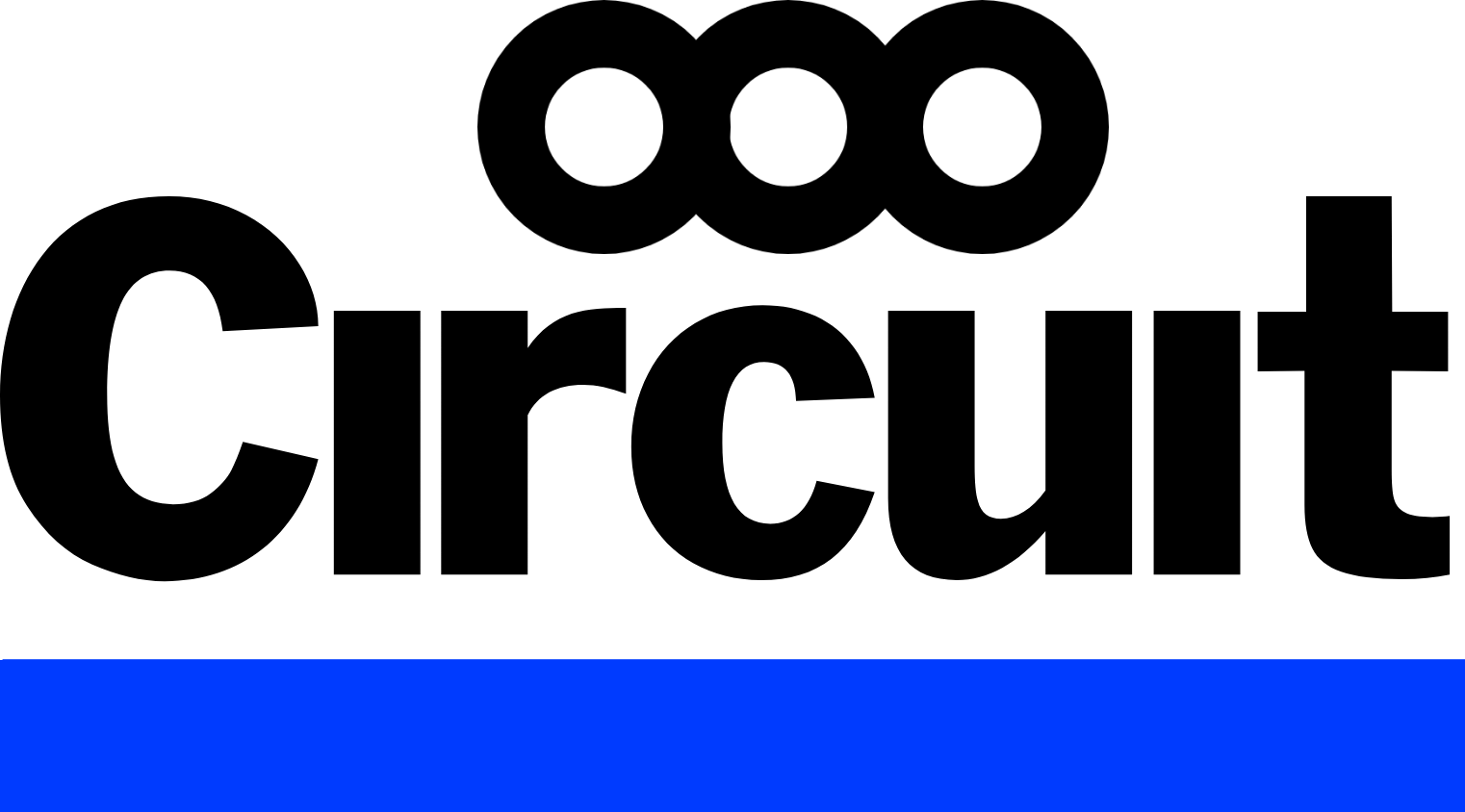Creating content that resonates with developers requires a unique approach focused on technical accuracy, practical value, and authenticity. According to Stack Overflow's Developer Survey, developers spend approximately 30% of their time searching for information and solutions, making high-quality technical content crucial.
What Makes Developer Content Different?
Understanding Developer Preferences
Developer Media research shows that developers value:
-
Technical Depth
- Detailed explanations
- Practical implementation guidance
- Performance considerations
- Architecture insights
- Technical trade-offs
-
Content Quality
- Technical accuracy
- Code examples
- Clear explanations
- Practical solutions
- Real-world applications
How Should You Structure Technical Content?
Effective Content Organization
According to Nielsen Norman Group, technical content should follow these principles:
-
Clear Hierarchy
- Logical progression
- Step-by-step guidance
- Clear prerequisites
- Expected outcomes
- Troubleshooting sections
-
Code Integration
- Working examples
- Implementation snippets
- Error handling
- Best practices
- Performance optimizations
What Content Elements Do Developers Value Most?
Essential Components
ContentLab's Technical Writing Research highlights these key elements:
-
Code Examples
- Practical implementations
- Common use cases
- Error scenarios
- Performance optimizations
- Testing approaches
-
Technical Documentation
- API references
- Integration guides
- Configuration details
- Deployment instructions
- Troubleshooting guides
How Do You Maintain Content Quality?
Quality Assurance Process
-
Technical Review
- Peer review
- Code testing
- Accuracy verification
- Performance validation
- Security assessment
-
Content Updates
- Regular reviews
- Version updates
- Deprecation notices
- Feature additions
- Bug fixes
What Are Common Content Pitfalls to Avoid?
Content Red Flags
Avoid these common mistakes:
-
Marketing Overemphasis
- Excessive promotion
- Marketing jargon
- Unsubstantiated claims
- Feature overselling
- Technical inaccuracies
-
Poor Technical Depth
- Superficial coverage
- Missing context
- Incomplete examples
- Outdated information
- Inadequate testing
How Do You Keep Content Current?
Maintenance Strategy
-
Regular Updates
- Version compatibility
- Feature updates
- Bug fixes
- Security patches
- Performance improvements
-
Content Lifecycle
- Review schedules
- Update tracking
- Deprecation management
- Archive strategy
- Migration guides
Common Questions About Developer Content
How Technical Should Content Be?
Consider these factors:
- Audience expertise level
- Topic complexity
- Implementation requirements
- Platform specifics
- Use case scenarios
How Do You Balance Detail and Brevity?
Follow these guidelines:
- Focus on essential information
- Layer technical depth
- Provide expandable sections
- Link to detailed resources
- Include practical examples
Best Practices for Implementation
Creating Effective Developer Content
-
Content Planning
- Audience analysis
- Topic research
- Technical validation
- Example preparation
- Review process
-
Delivery Format
- Clear structure
- Code highlighting
- Interactive elements
- Visual aids
- Reference links
Conclusion
Creating effective developer-centered content requires a deep understanding of technical audiences and their needs. Focus on providing practical value through accurate, well-structured content that includes working code examples and clear explanations. Remember to maintain and update your content regularly to ensure it remains relevant and valuable to your developer audience.
